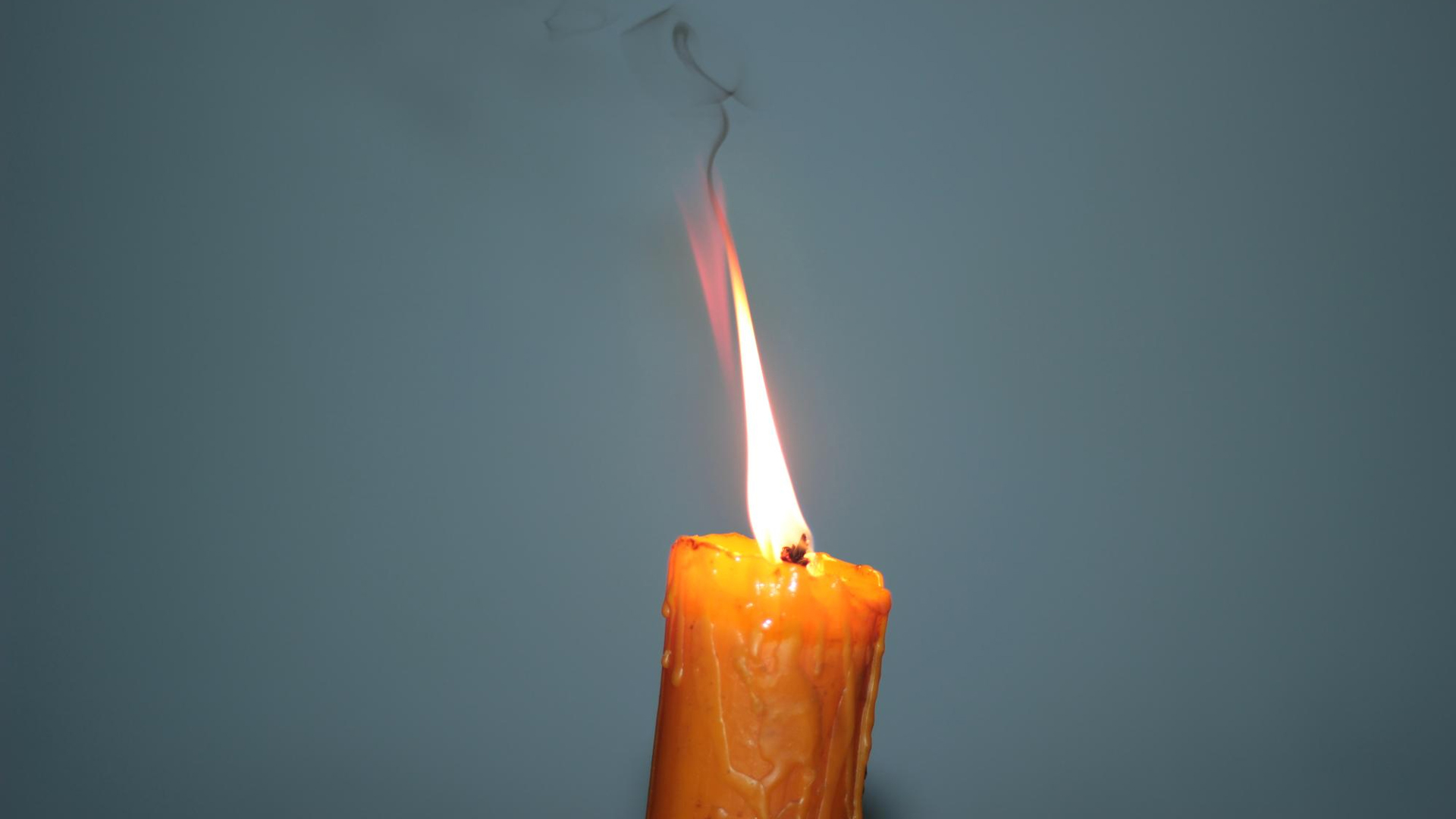When candles burn where does the wax go? Do you also ask this question as you see your burning candle? The good news is you’re not alone. This is a common concern among many candle users.
So, let’s delve into the science behind this mystery and find out what happens when you burn a candle!
Introduction to the Magic of Burning Candles
Candles, whether made from soy wax, paraffin wax, or beeswax, are composed of hydrogen and carbon atoms, collectively known as hydrocarbons.
When you light a candle, the heat from the flame causes the surrounding wax to melt near the candle wick. The liquid wax drawn up the wick by capillary action, which triggers a chemical reaction. This reaction is called combustion.
Combustion
The combustion process causes the components of wax to react with oxygen in the air. The carbon molecules reacts with oxygen to form carbon dioxide (Co2), while hydrogen atoms react to produce water vapors.
Combustion reaction also produces light and heat, which continues the candle-burning cycle.
Candle Wax: Health And Environmental Effects

At first glance, everyone finds candles harmless, but some low-quality candle wax melt can release toxic components into the air, causing some health and environmental effects.
Let’s take a closer look at what happens when candle flames melt the wax.
Allergies
Some additives found in low-quality candles can trigger allergic reactions in sensitive individuals.
When buying, it is important to check the ingredients involved in the candle-making process.
Smoke And Soot Production
When you light the wick, the heat of the flames transforms solid wax into melted wax, leading to a combustion reaction.
This process causes some of the wax to evaporate, producing smoke and soot, which contributes to air pollution and respiratory problems.
Many candle companies produce wax candles that burn cleaner, but some additives in cheaper candles can cause this.
Frequently Asked Questions
These are the frequently asked questions people who burn candles ask about where its wax goes.
Q: How do different types of wax affect candle burning?
A: Different types of wax, such as paraffin, soy, or beeswax, can influence how a candle burns. Quality candles made from natural waxes tend to burn cleaner and longer than those made from synthetic materials.
Q: Can I avoid burning my candle too fast?
A: To avoid burning your candle too fast, trim the wick to about 1/4 inch before lighting. This helps control the flame and promotes a more even burn.
Q: Why do some candles have more wax remains than others?
A: The amount of wax remaining can depend on the candle’s quality and the wax used. Lower-quality candles may leave more remains due to inefficient burning and poor combustion processes.
Q: What does it mean when people say wax transforms during burning?
A: When people refer to wax transforming, they mean that solid form of wax melts into a liquid state and then combusts to feed the candle’s flame.
Q: How can I tell if I’m using a quality candle?
A: Quality candles usually have a well-constructed wick, use high-quality wax, and have minimal soot production.
Q: Do scented candles burn differently than unscented ones?
A: Scented candles may burn slightly differently due to the added fragrance oils.
Now You Know Where The Candle Wax Goes?
Now you know the science behind where the wax goes when you burn the candle. Impress everyone around you with this knowledge when you light a candle next time.
Just remember to keep that wick trimmed for the perfect burn!

